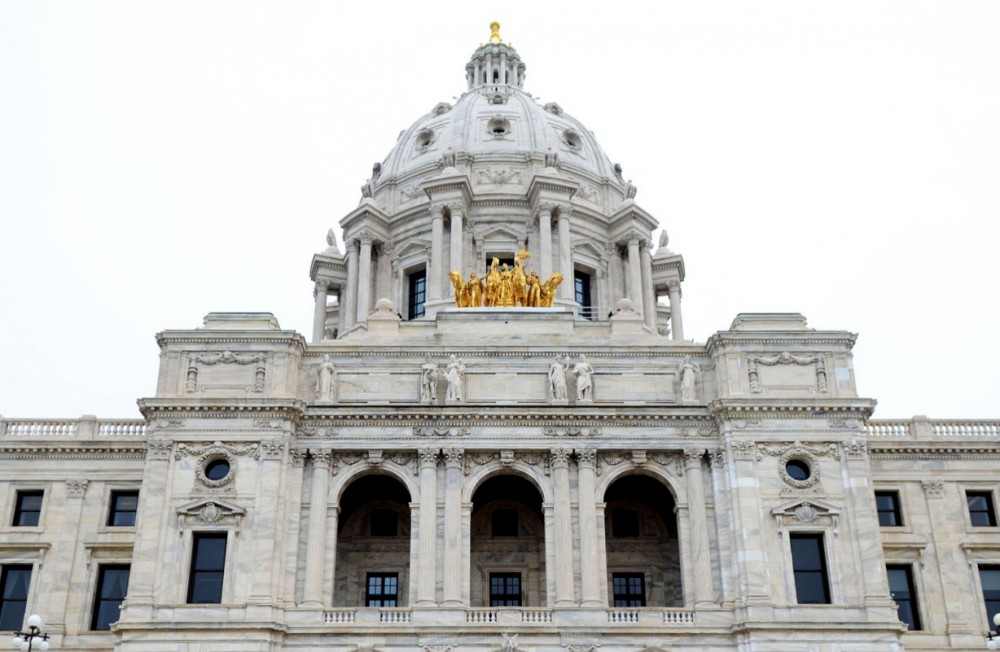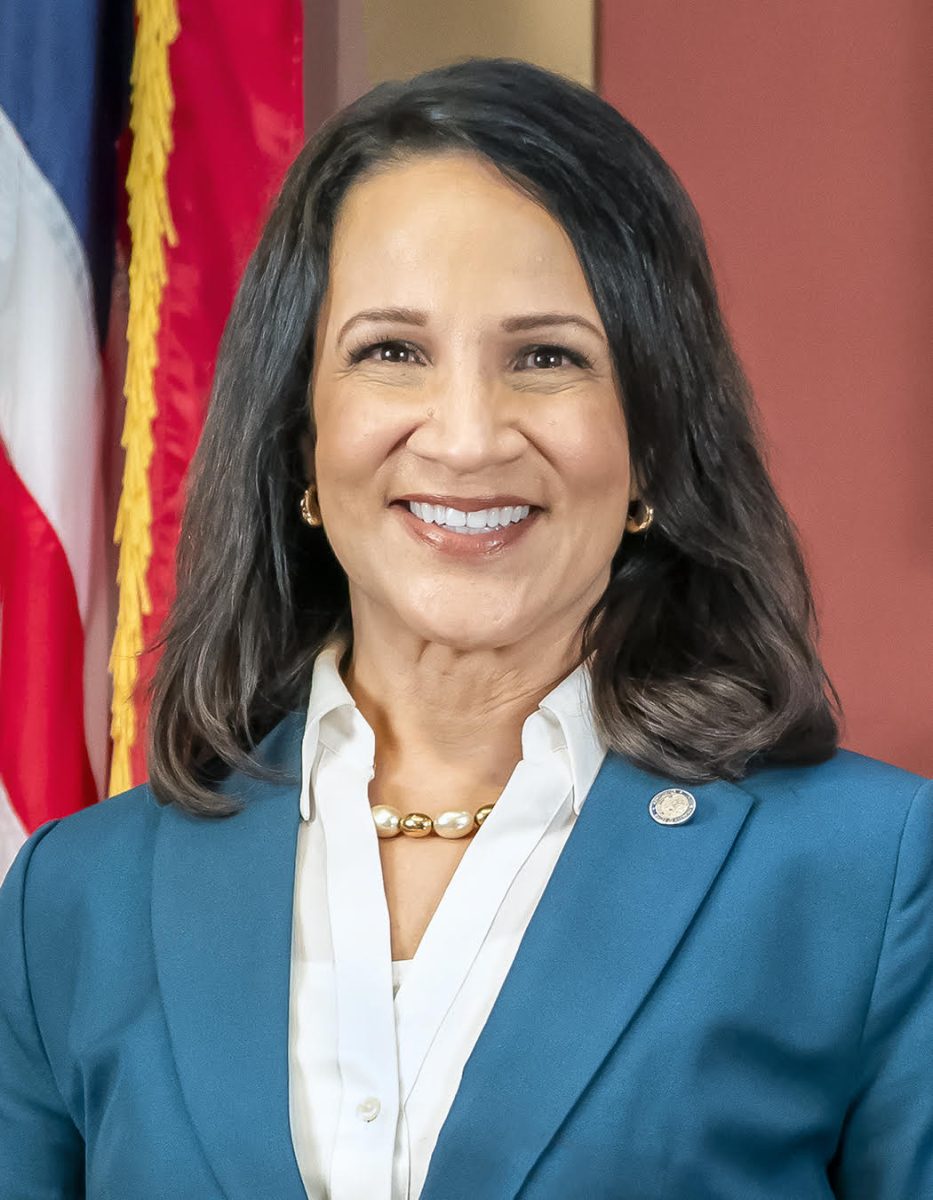University of Minnesota students could benefit from loan financing and seek better loan advising if legislative efforts pass this session.
Bills supporting these initiatives, aimed at increasing statewide college affordability, are moving through the Legislature. But lawmakers say the legislation will not be consequential enough to create significant change for students in the future.
“I think [the bills are] a Band-Aid,” said Sen. Jim Abeler, R-Anoka. “All of that is an effort to solve a larger question: why tuition always goes up higher than inflation.”
One bill would provide a grant for student debt counseling to help borrowers understand their repayment options and develop a budget. House and Senate versions of the bill were laid over for inclusion in their respective higher education omnibus bills.
“You have to tackle [debt] before it gets out of hand, and I think part of it is making sure the students know what they’re getting into,” said Sen. Rich Draheim, R-Madison Lake.
A separate bill would establish a “student loan advocate” through the Department of Commerce who would advocate for students dealing with loan agencies. The House version of this bill was last heard in the jobs and economic development committee.
“That is a really important bill that gets through this session because it would really help people navigate [loans agencies],” said House higher education committee chair Rep. Connie Bernardy, DFL-New Brighton. “It’s a big web of stuff, and it’s hard to navigate your way through it.”
Another bill would expand eligibility for the Office of Higher Education’s student loan refinancing program by allowing students with lower credit scores to apply. The House version of the bill was last heard in the Ways and Means committee.
“[The bills] help some students who have been victimized by uncarefully spent funds at the institutions,” Abeler said.
But some lawmakers are skeptical the legislation can provide long-term benefits.
Sen. Greg Clausen, DFL-Apple Valley, said he sponsored a bill that passed in 2015 to help students refinance loans. While it helped some students, debt is still too high, he said.
“Those are work-around issues, you might say, around the higher education dilemma about student debt,” Clausen said. “I think all of those things are helpful, but the bigger issue is that at one time, we paid three-fourths of the student’s tuition with state dollars.”
Bernardy said directing more resources to alleviate tuition costs would better address rising student debt.
“We are looking to fully fund a tuition freeze at all of our public colleges and universities,” Bernardy said. “We’re not interested in doing tricks and gimmicks.”
Draheim said the University should instead take responsibility for lowering costs by further cutting administrative spending.
“If we want college to be affordable, we have to look at the labor end of it, and I’m not talking the classroom, I’m talking all the different layers,” Draheim said. “And with technology today, I don’t think we need all those [administrative] layers that we have.”








